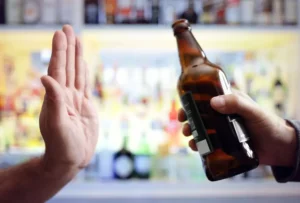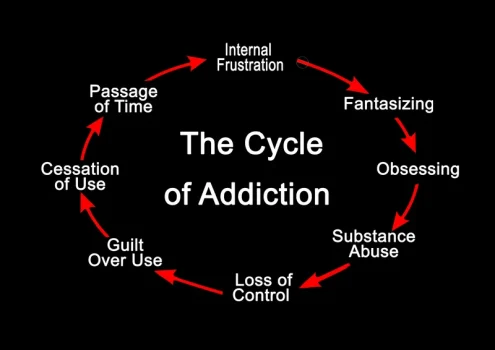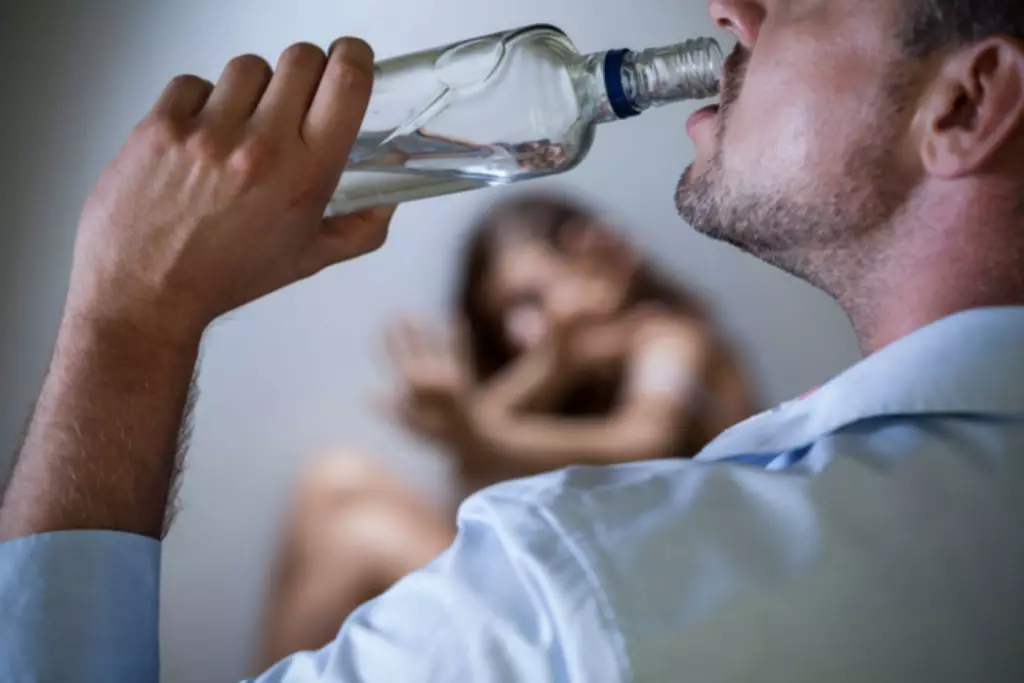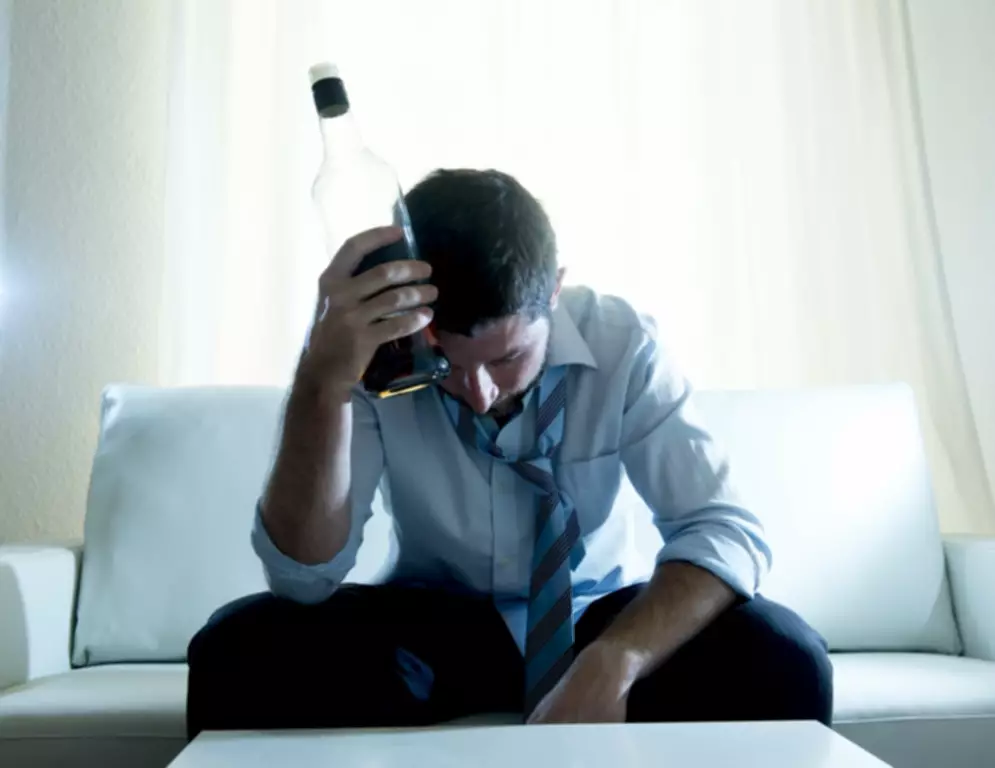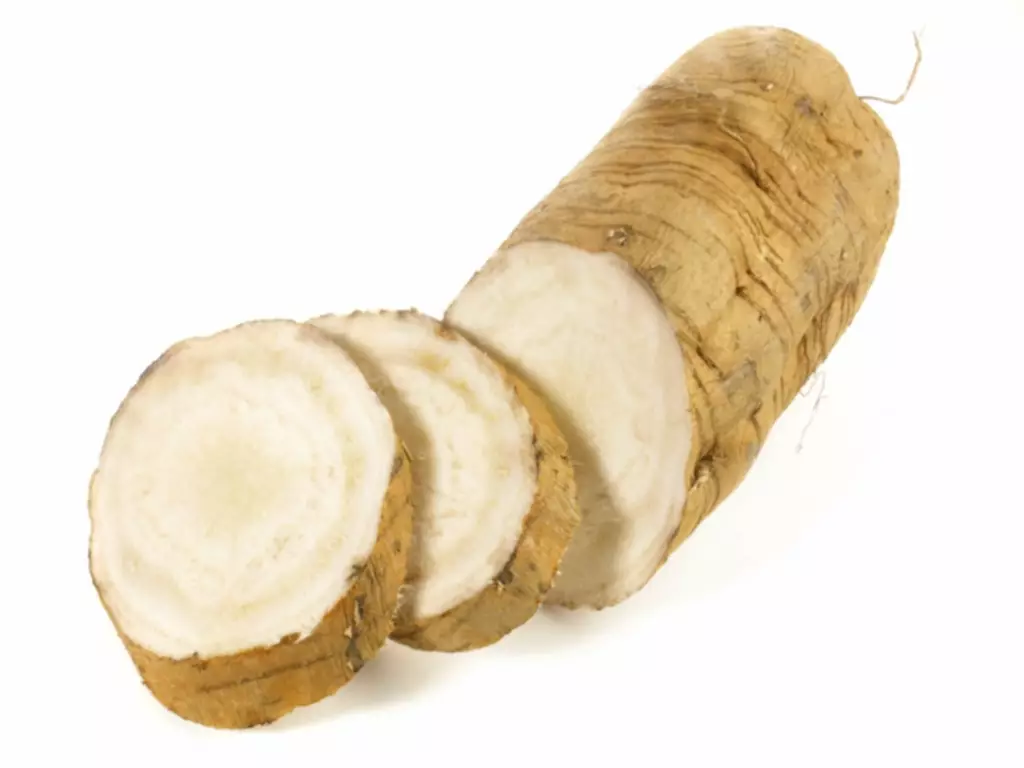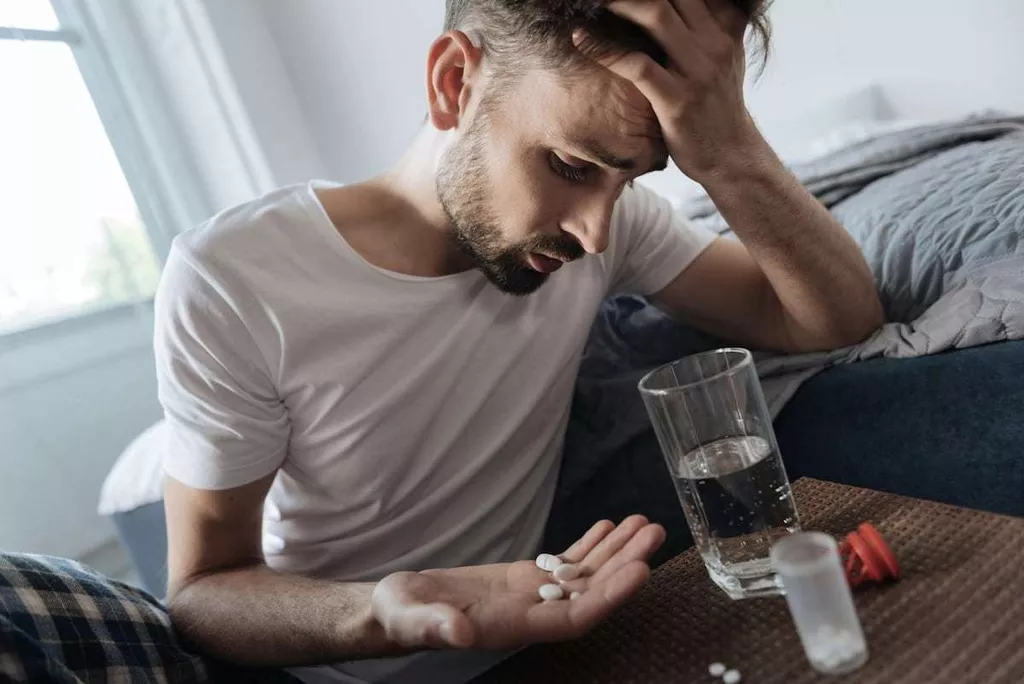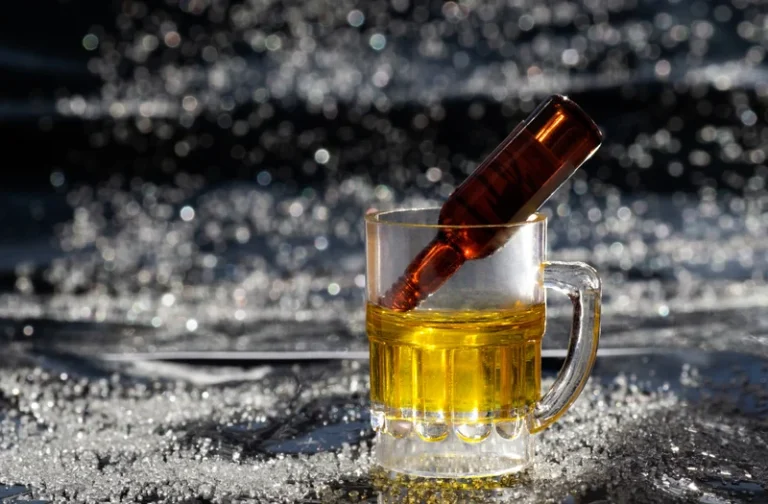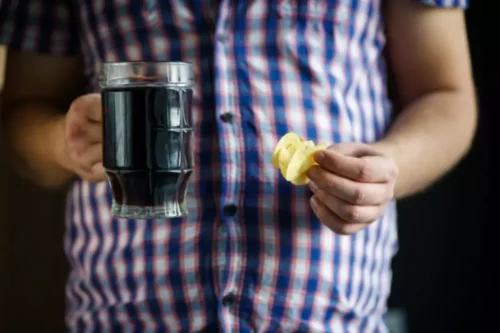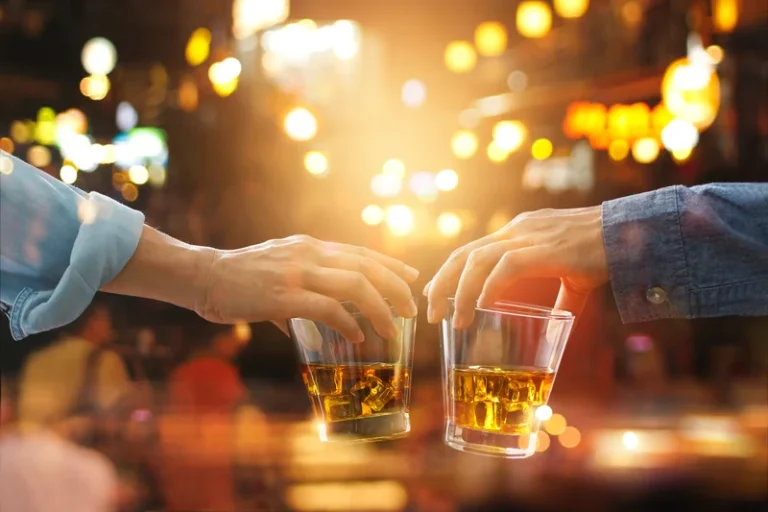
To minimize the potential health risks of alcohol, the National Institutes of Health recommends either abstaining from alcohol entirely or drinking in moderation. The heart-protective potential of red wine is believed to be partially due to its high concentration of plant compounds called polyphenols, especially resveratrol. This antioxidant, found in grape skins, may prevent inflammation and clogged arteries by reducing the oxidation of harmful LDL cholesterol.
- Taking them together can increase your risk for symptoms of CNS depression, including the risk that your symptoms are serious.
- They can provide the necessary support and guidance throughout your recovery.
- Taurine is an amino acid known to lower levels of acetaldehyde—a toxic metabolite produced when your body breaks down alcohol.
Why Do We Need Supplements For Alcohol Detox?
If you have questions about interactions that may affect you, talk with your doctor or pharmacist. If you have questions about taking buspirone with MAOIs, talk with your doctor or pharmacist. Learn more about certain drug interactions that can occur with buspirone. For additional information and examples of MAOI drugs, please see the “Drug interactions explained” section. Karen Ansel, M.S., RDN, is a nutritionist, journalist and author.

Best Supplements For Alcohol Recovery
Alcohol prevents the body from absorbing and properly using many essential vitamins and minerals, potentially leading to malnutrition. Too little could eventually cause serious learning and memory problems, a condition called Wernicke-Korsakoff’s syndrome. Eat beans, peas, lentils, pork, brown rice, and fortified foods like breakfast cereal.

Supplements Proven to Help You Overcome Addiction and Withdrawal
- Shiling and Bebo pointed to the case of a patient who arrived at CeDAR severely intoxicated and exhibited “the classic triad of symptoms” of Wernicke encephalopathy, as Bebo put it.
- Taurine is another amino acid that reduces the bad effects of alcohol on your brain.
- In a 2011 study, 20 participants recovering from AUD took a dietary supplement with D-phenylalanine, L-glutamine, and 5-HTP during detox.
- Oxidative stress can change neuronal pathways and cause addictive behaviour.
It does contain the beneficial antioxidant resveratrol but not very much. Red wine manufacturers love to make it seem like it has a lot, but that’s just a marketing gimmick. You would have to drink several bottles of red wine on a regular basis to consume enough resveratrol and get major health benefits. And by drinking that much alcohol, you’d be destroying your health what vitamins should i take after drinking alcohol anyway. Early in recovery, your body will need to readjust to the feeling of hunger. At first, it may think hunger pangs are a desire to drink alcohol.
It is important to be aware of how your body absorbs vitamin B-12, as this knowledge can help you make an informed decision about the amount of alcohol you consume. I followed yoface her ur suggestions on some of the supplements. Took three times but now I am alcohol free for 26 weeks 3 days, AND I have alcohol in the house. The information we provide while responding to comments is not intended to provide and does not constitute medical, legal, or other professional advice. The responses to comments on fitrecovery.com are designed to support, not replace, medical or psychiatric treatment. Please seek professional care if you believe you may have a condition.
Health Challenges
- Recognizing the profound impact of mental health on the recovery journey, we are committed to providing assistance tailored to individual needs.
- It’s also been shown to help relieve anxiety and depression during alcohol withdrawal.
- Heavy drinkers often lack vitamins B1, B6, B9, and A, eventually leading to nutrient deficiency.
- For instance, the brain and the liver are the most blood-guzzling organs.
- A potent multivitamin like Legion Triumph is often a good idea, and results are generally even better when combined with amino acids found in supplements like BR Restore.
Which ones are most beneficial for you will depend on your biochemistry. Often there is a process of trial and error to determine the best possible supplement regimens, but luckily there are effective programs that can help. This lack of vitamins and minerals can make recovery more difficult with worsened withdrawal symptoms. Drinking to ease the symptoms of a hangover is sometimes called taking the hair of the dog, or hair of the dog that bit you. The notion is that hangovers are a form of alcohol withdrawal, so a drink or two will ease the withdrawal.
Although nausea can make it difficult to get anything down, even just a few sips of water might help your hangover. But if you do decide to drink, I’ve shared bunch of ideas here, and hopefully you find a good mix of preventative solutions that work for you. Activated charcoal can help bind and remove gluten and mycotoxins from your body, although it won’t catch them all. You’re definitely better off just avoiding drinks that contain them. Activated charcoal is a potent natural treatment that can trap toxins and chemicals, allowing them to be flushed out of your body. Some other protective antioxidants include CoQ10, quercetin, grape seed extract, Vitamin E, selenium and resveratrol.

Does buspirone interact with supplements?
Some of the best food sources of zinc include oysters, grass-fed beef, pumpkin seeds, cashews, mushrooms and spinach. These foods are included in my Free Grocery Shopping Guide for Optimal Brain and Mental Health. I take a Vitamin D supplement every day to optimize my levels. NAC is included in Optimal Antiox, along with a number of other antioxidants and nutients that can help you overcome addiction and manage withdrawal. N-acetyl-cysteine (NAC) is a modified form of the amino acid cysteine. Thirty subjects with methadone dependence were given 2 grams of ALCAR daily during a 3-week detoxification period, and it reduced their pain and the length of their withdrawal (49).
If you struggle from depression, you probably notice that alcohol makes you feel more depressed the day after. It has anti-anxiety effects that are synergistic with alcohol, so you will need less of each to experience the relaxing effects of each (61). Theanine is a relaxing amino acid found in tea that has a number of health benefits (9, 40). Magnesium is especially helpful, as it’s been shown to prevent and relieve headaches and improve sleep.


